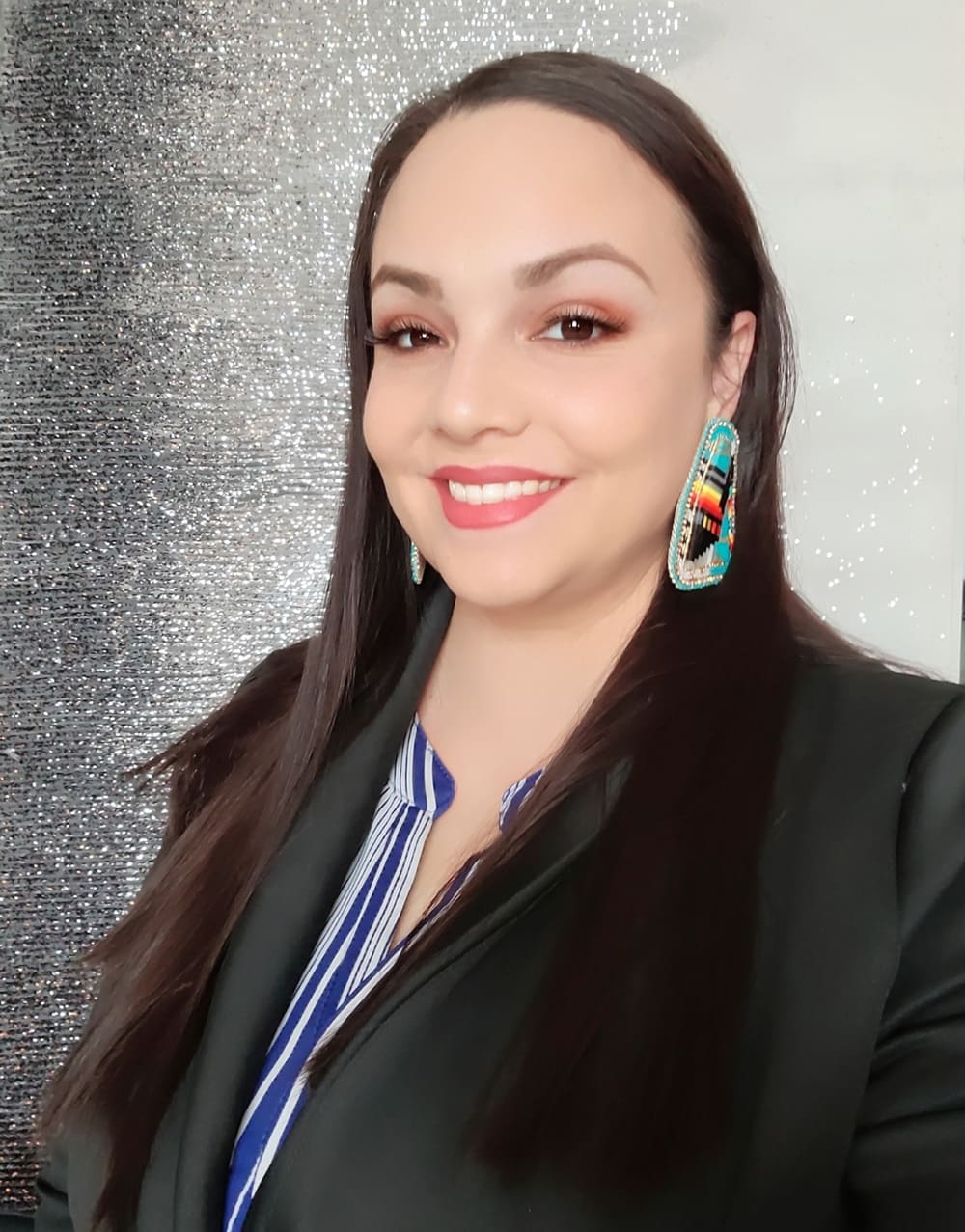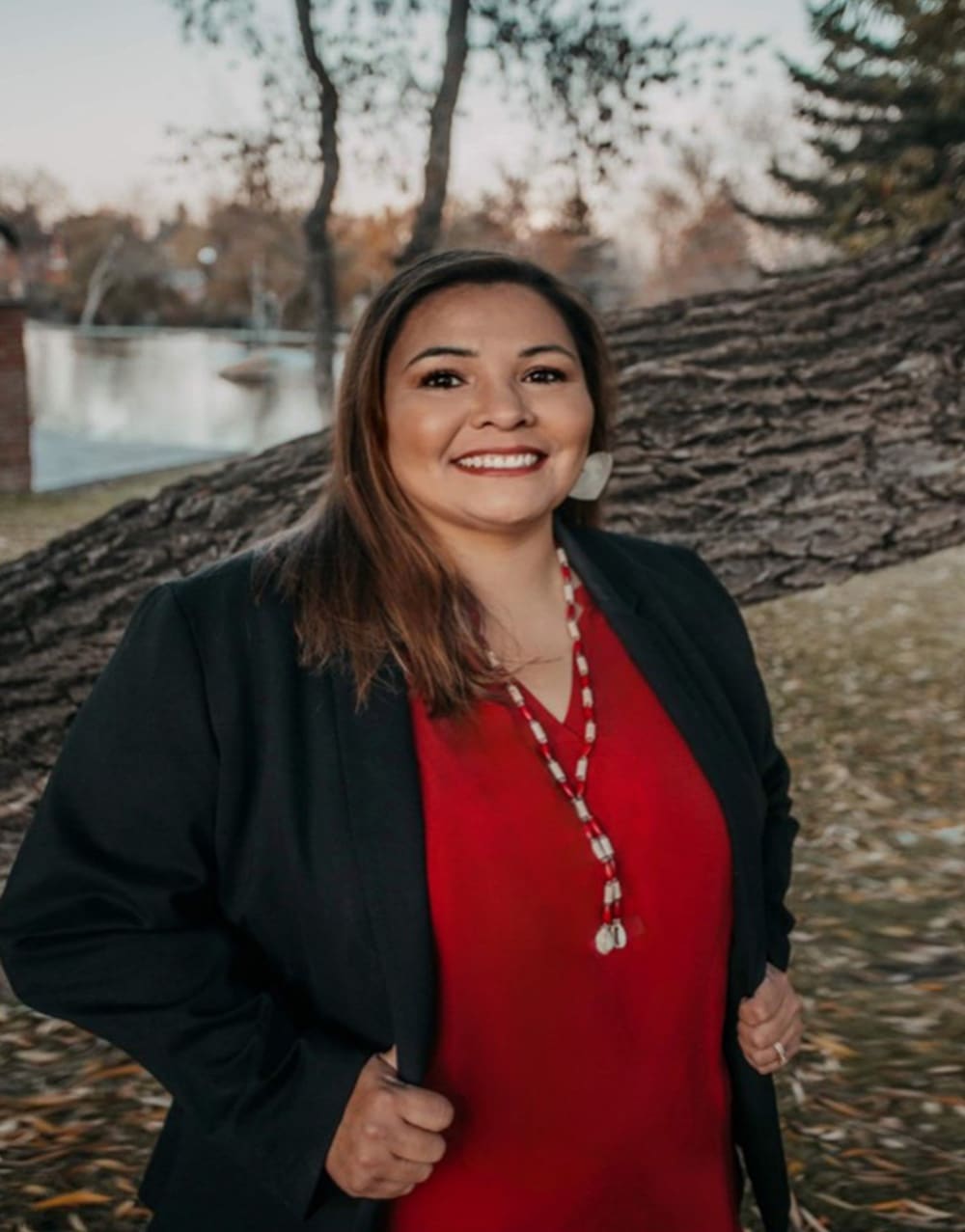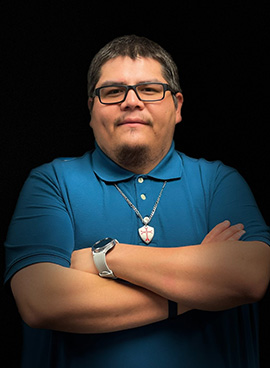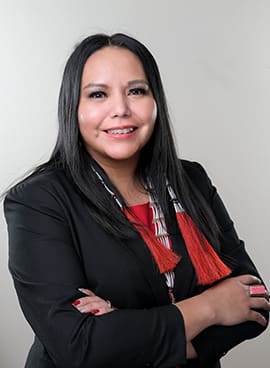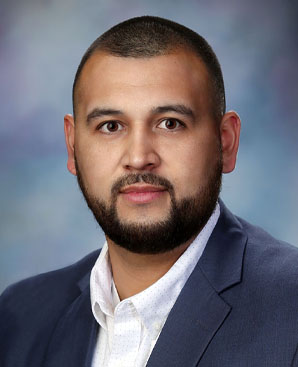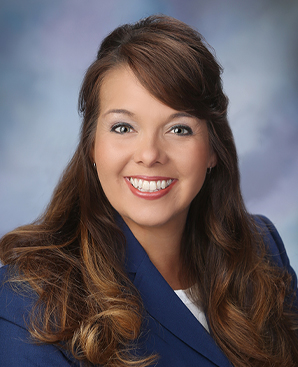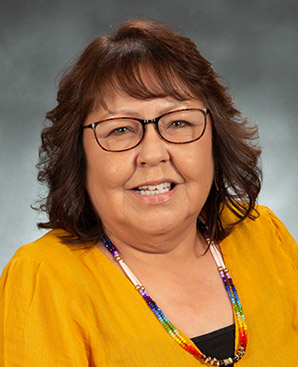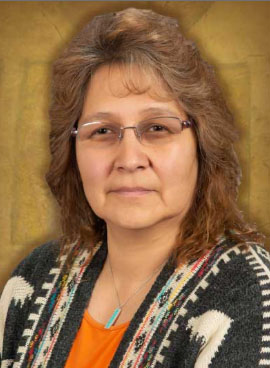By: Tonya Plummer
In the early 1900’s, my grandparents were born by the water, and throughout their lifetimes the concept of their homes remained as fluid as the rivers that ran through the lands where they took their first breaths. My grandmother was born in a teepee on the banks of Enemy Swim Lake in the Lake Traverse Reservation of the Sisseton -Wahpeton Oyate. My grandfather was born on the banks of the Missouri River running through the Fort Belknap Reservation. In 1952, they brought my father into the world on the Fort Belknap Reservation. These generations developed a history of both beautiful and painful stories around the lands they roamed and their attempt to make a permanent home…a permanent physical structure that would protect their families, warm them through winters and where their children’s families could grow and gather. In my grandmother’s life, we know of unspeakable events, things to which we shake our heads and admire that in her early fifties after raising 7 children she overcame insurmountable odds to graduate nursing school and give another 20 years as a public health nurse. My grandfather was removed from his home and sent to the Hays boarding school, where he suffered more unspeakable acts. This generational trauma passed down is now a cornerstone of our experience. We see the world through the lens of this experience, moving forward with one foot in the past and a hand reaching toward the future. It is time to grab hold of hope with our beautiful resilience and create a new generation of permanent, physical homes with hands to work and feet firmly planted.
At age 21, I became the first homeowner in my family. The experience was so rewarding, I began a career in mortgage banking, helping hundreds of people purchase their first homes. I am now honored to bring this experience to our tribal community.
WHY is homeownership in Indian country important? We place a high value in keeping our families together and our cultures alive, protecting the lands we have left, and telling our stories for the next generations. To achieve this, we must have strong homes. We must have a hand on twenty-first century economy. We must fuel economic prosperity that in turn, respects and fuels cultural prosperity. We must live in two worlds.
Homeownership stimulates economies by providing jobs to build and finance homes and by requiring steady employment to qualify for home finance. It fosters asset building and wealth appreciation and stability of health and a future. That is the answer in western society. However, tribal societies do not always value economic prosperity as a primary goal. After decades of Indian removal, allotment, re-organization and termination, including the boarding school era where the aim was to “kill the Indian, save the man”, our lands and languages were stripped, and our natural economies crashed. The only thing stable was instability and the narrative of our histories became as fractionated as our lands. The claim that we need more wealth and to attain the same trophies of success as western society is a band-aid made of thorns. No amount of public policy can bandage up and rebuild the psychological infrastructure of families whose stories are painfully filled with removal and abuse. No claim of homeownership as a health and wealth builder will suffice independently. A physical home of our own is important, but for more meaningful reasons.
In 2020 and beyond, we must alter the narrative around homeownership in Indian Country to foster cultural prosperity and the physical manifestation of the pure and honest sweat of our brow. We must look closer at the longstanding values of our past and hold them again high.
Provision – Giving – Integrity – Strength.
We must give a voice to the tenets of beauty in our daily lives, crying out to be heard.
Love – Culture – Bravery – Hope.
-
- We must sing the songs of strength and give feet to the dance of our resilience.
- We must bring stability and unity once again and soothe our wounds with the salve of our communal determination.
- We must talk of these values while we cook in our kitchens and share meals around our tables and tuck our children into their beds and come together after long days of working to speak languages once forbidden.
- We must gather our families under the roof of our homes and begin to make permanent investments in the heart of our cultures.
- We must honor our ancestor’s sacrifices on the doorposts of our houses and remember their vision for us as we go out to work and as we come in to rest.
These are the values that build our physical homes. To have walls and beams that house our dreams and shelter the creation of a new narrative in Indian Country is crucial. This is why homeownership is important in Indian Country.
Montana Native Growth Fund, as a Native CDFI, is the ideal champion of a new narrative for homeownership in Indian Country that answers our why’s. It is our call to shine a light on our cultural values and inspire our people to move toward that light daily. It is our honor to provide resources, training and advocacy to develop the economy of our communities. May we bring light so bright and air so clear our ancestors can hear us breathing and are proud to see us shine.




